Affiliate links on Android Authority may earn us a commission. Learn more.
The state of Google's hardware program in 2020
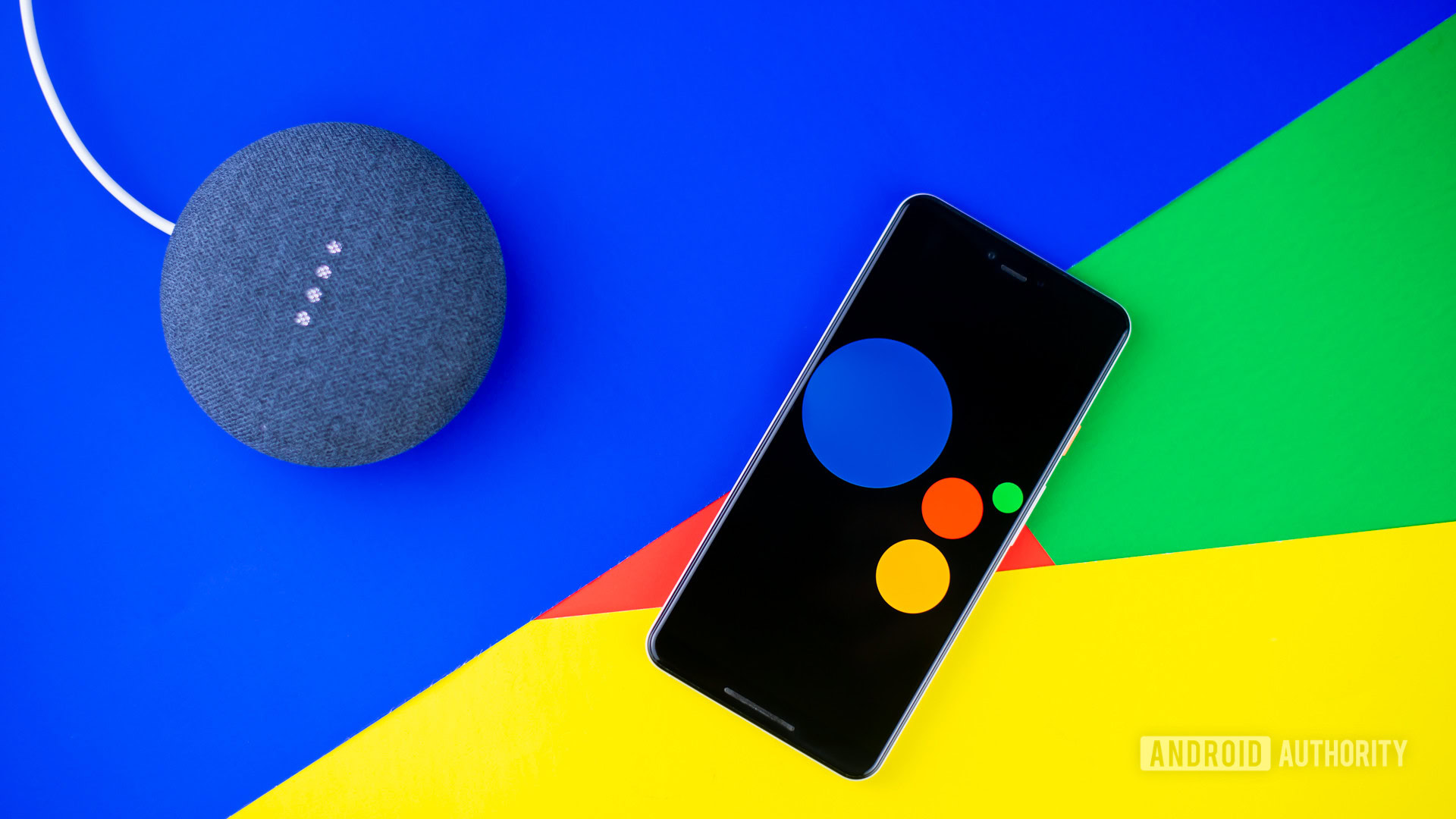
Google is still best known for its search engine and Android operating system. However, the company is swiftly becoming a major hardware player too. Between smartphones, smart home, and IoT ventures, Google is building hardware in the biggest and fastest-growing market segments. Although it might not be shipping the volume to worry some of the biggest tech brands, Google is clearly steering development in its preferred direction.
Despite some production delays, 2020 has seen the launch of a range of new Google products. The list includes the flagship Google Pixel 5 and more affordable Pixel 4a and Pixel 4a 5G smartphones. There’s also a new Chromecast with rebranded Google TV software. Not forgetting the company’s growing range of smart speakers and hubs, Pixel Buds 2, and partnerships with smart TV sets and Chromebook manufacturers.
Google wants to be everywhere. Let’s dive into the state of Google hardware products and the company’s ever-expanding ecosystems.
Google Pixel smartphones
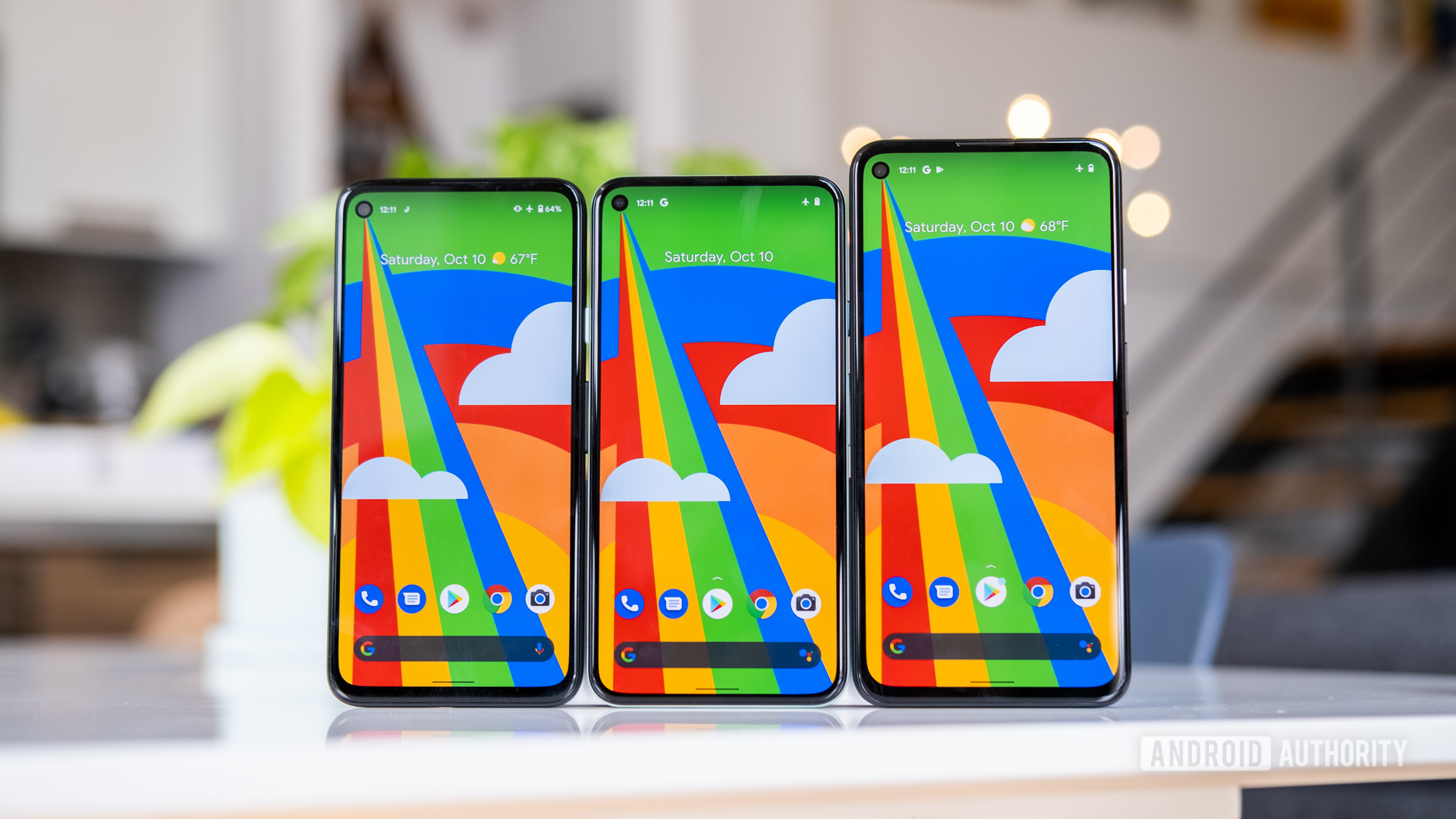
Previous years have seen Google compete with the very premium tier of smartphone brands, but 2020 has been very different. Building on the success of 2019’s budget Pixel 3a series, Mountain View’s latest smartphone releases are all reasonably affordable, including its Pixel 5 flagship. There’s definitely been a shift in the Google hardware strategy towards mainstream products at lower prices.
To accomplish this, Google ditched bleeding-edge processing capabilities for a mid-tier chip in the Pixel 5. This “good enough” approach to processing brings costs down while still allowing the Pixel 5 to offer competitive hardware features. Those include 5G networking, wireless charging, and industry-leading photography capabilities. It’s a compelling package.
Our verdicts: Google Pixel 5 review | Google Pixel 4a 5G review | Google Pixel 4a review
This just works mentality started with the Pixel 3a, big G’s first majorly successful smartphone, and has been honed for the Pixel 4a and Pixel 4a 5G. Stripping out the bells and whistles from its flagship handsets still allows Google to offer top-tier photography and solid day-to-day performance at very competitive prices. Arguably, these budget options are the best Pixel phones ever produced.
While Google’s hardware may not be anything too special, software remains one of the brand’s biggest strengths. Google Assistant, machine learning, and imaging techniques continue to separate the company from the competition. Promises of three years’ worth of Android and security updates hold major appeal too. That is especially true in the more affordable market segments that are often quickly forgotten by high-end manufacturers. This is gradually having an effect on other manufacturers too, with Samsung now also offering three years of support for new handsets.
Google is pursuing a more affordable smartphone strategy in 2020
Software remains just as, if not more important than hardware in Google’s ecosystem. It’s the stepping stone to other Google products. Smartphone users are not so subtly encouraged to use Google’s extended software ecosystem, especially Photos and Drive cloud storage. But it’s Google Assistant that’s the major unifying force, running as it does across Google’s smart home, TV, and automotive products.
| Pixel 5 | Pixel 4a 5G | Pixel 4a | |
|---|---|---|---|
Display | Pixel 5 6-inch OLED 2,340 x 1,080 resolution 90Hz refresh rate | Pixel 4a 5G 6.2-inch OLED 2,340 x 1,080 resolution 60Hz refresh rate | Pixel 4a 5.81-inch OLED 2,340 x 1,080 resolution 60Hz refresh rate |
Processor | Pixel 5 Qualcomm Snapdragon 765G | Pixel 4a 5G Qualcomm Snapdragon 765G | Pixel 4a Qualcomm Snapdragon 730 |
RAM | Pixel 5 8GB | Pixel 4a 5G 6GB | Pixel 4a 6GB |
Storage | Pixel 5 128GB No microSD card slot | Pixel 4a 5G 128GB No microSD card slot | Pixel 4a 128GB No microSD card slot |
Camera | Pixel 5 Rear: Main: 12.2MP, f/1.7, 1.4µm pixels, optical + electronic image stabilization Secondary: 16MP, f/2.2, 1 micron pixel, ultra-wide (107 degree FoV) Front: 8MP sensor, f/2.0, 1.12µm pixels, fixed focus, 83-degree field-of-view | Pixel 4a 5G Rear: Main: 12.2MP, f/1.7, 1.4µm pixels, optical + electronic image stabilization Secondary: 16MP, f/2.2, 1 micron pixel, ultra-wide (107 degree FoV) Front: 8MP sensor, f/2.0, 1.12µm pixels, fixed focus, 83-degree field-of-view | Pixel 4a Rear: 12.2MP, f/1.7, 1.4µm pixels, optical + electronic image stabilization Front: 8MP sensor, f/2.0, 1.12µm pixels, fixed focus, 83-degree field-of-view |
Battery | Pixel 5 4,080mAh | Pixel 4a 5G 3,800mAh | Pixel 4a 3,140mAh |
Software | Pixel 5 Android 11 | Pixel 4a 5G Android 11 | Pixel 4a Android 11 |
Price | Pixel 5 $699 | Pixel 4a 5G $499 | Pixel 4a $349 |
Google’s affordable smartphone push coincides with dwindling enthusiasm for its Android One initiative. At the time of writing, are just three handsets released under the Android One scheme in 2020, down from 13 in 2019 and 22 in 2018. Although part of this falling interest may simply be because it’s easier for manufactures to quickly update their versions of Android these days. Perhaps Android One has simply outlived its usefulness in light of update-oriented initiatives like Project Treble and Project Mainline.
The Android Go OS and app ecosystem for very low-end devices are fairing a little better, with a selection of new phones arriving in 2020. Pixel smartphones haven’t eaten into Google’s commitment to the broader Android ecosystem. Instead, they remain a showcase for the company’s idealized vision for Android OS features and product support.
The smart home and Google TV
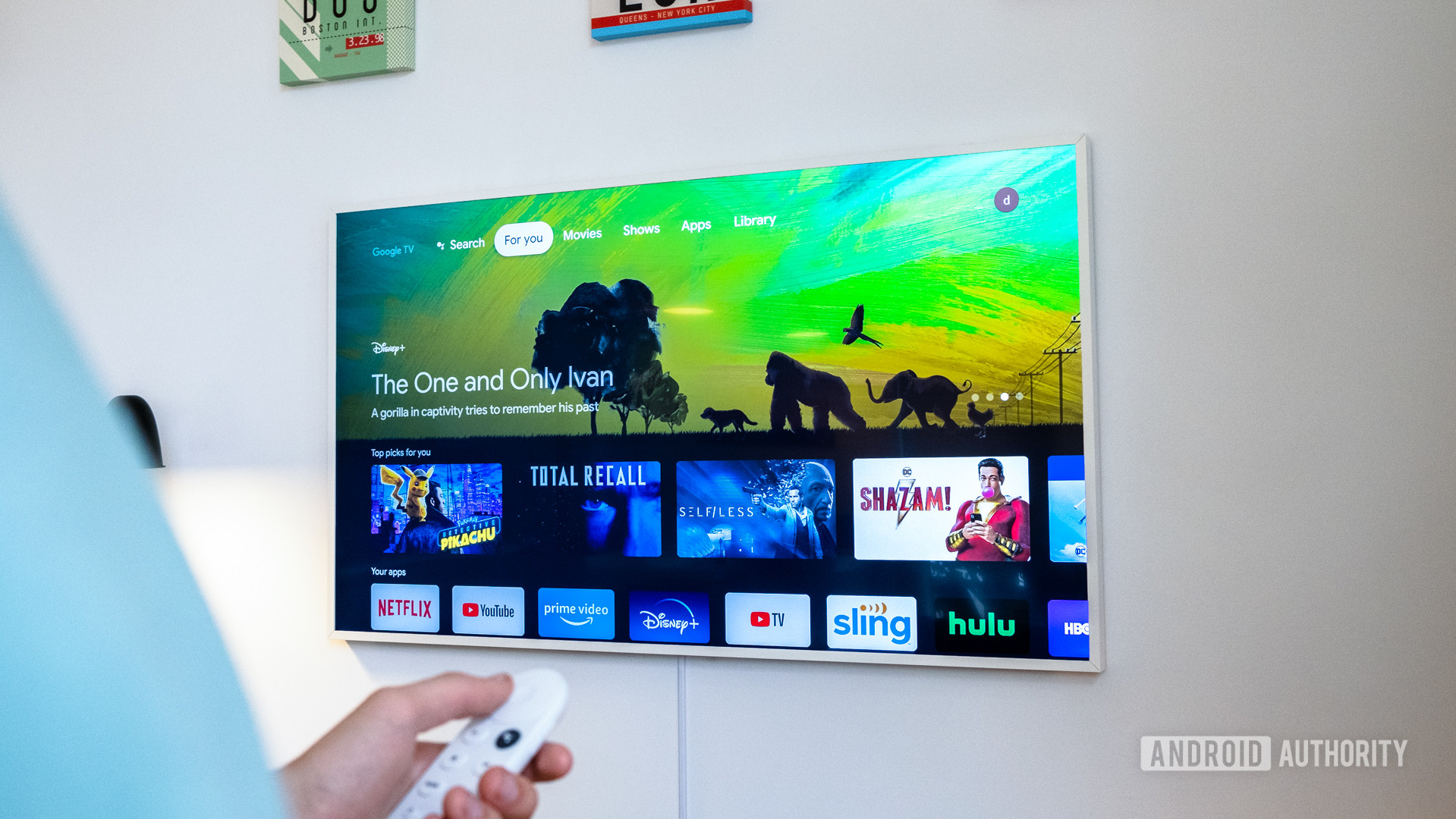
Smartphones are just one in a range of Google hardware products, many of which span the smart home ecosystem. 2020 has seen a new Chromecast powered by the rebranded Google TV software. It combines the ever-popular Chromecast with Android TV technology and a remote powered by Google Assistant. This is a big play for the home entertainment market. New Chromecasts were good but a bit basic. At $49.99, this new device gives Google’s TV ecosystem a decent shot in the arm. It offers some more serious competition for Amazon and Roku too.
The Google TV overlay is also set to hit Android TV smart TVs and streaming devices in the future. Updates will roll out over the course of 2021. Those that don’t see a full update may receive a few of Google TV’s new features in smaller updates too. The old Android TV is on the way out.
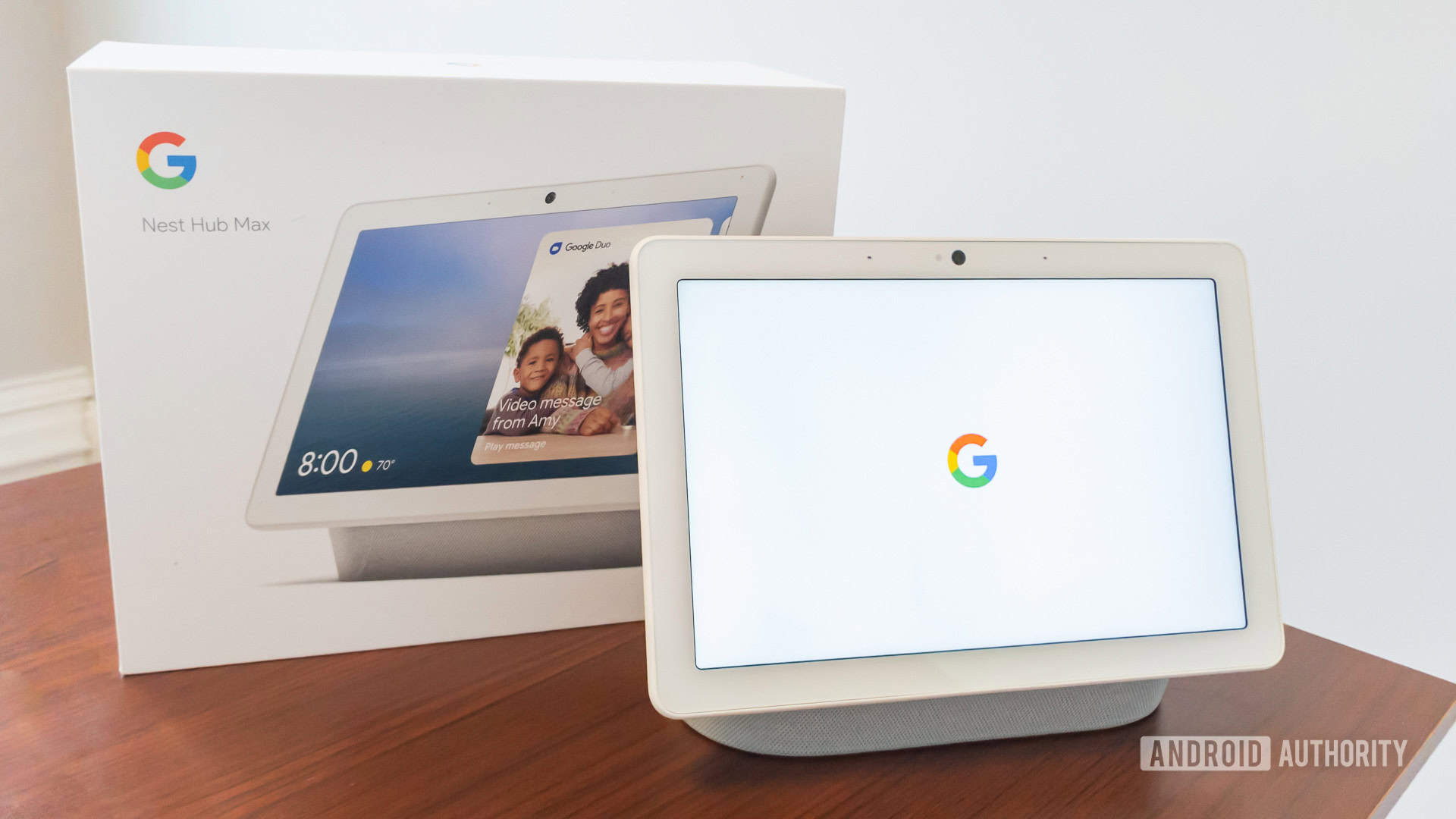
Smart displays don’t stop at the TV. The Nest Hub and Nest Hub Max smart displays augment the traditional smart speaker with smart visual elements. They support casting content too. There’s also the Lenovo Smart Display, JBL Link View, and LG ThinQ View WK9 smart displays from third parties. Nevertheless, these devices are a little old and there don’t appear to be signs of a refresh from any major partners. Amazon is still the biggest player in the smart speaker ecosystem, but Google also holds a significant share, outside of the growing Chinese brands.
See also: The 10 best Google products you can buy
Google’s smart home ecosystem has grown quickly over the years too. The Nest brand includes Nest Protect, the Nest Cam portfolio, Nest Thermostat range, and plenty more. There’s also a wide range of third party products that play nicely with a Google Assistant-powered smart home. Despite the growing product portfolio, we’ve heard a lot less from products built on the Android Things platform. Some Lenovo smart products used it, but the absence of news leaves us a little in the dark about the status of Google’s ecosystem initiative.
Finally, if you’re looking to tie your wireless smart home together, there’s the Nest Wi-Fi too. While not the most exciting purchase, a wireless mesh network has you covered for larger smart home installations.
Audio and smart speakers
We can’t talk about smart homes without mentioning the original devices — smart speakers. The older Google Home Max, the Nest Mini (which replaced the Home Mini), and the new Google Nest Audio speaker span a variety of price points and quality options. With voice activation at their core, these devices are the linchpin of Google’s smart home ecosystem.
Google has also expanded into portable audio products with two generations of its wireless Pixel Buds. They’re a little pricy given the lack of support for high-end Bluetooth codes, but an IPX4 rating, true wireless audio, and a wireless charging case are higher-end features. We haven’t seen a premium-tier set of headphones from Google yet, but this feels like a market segment ripe for expansion.
Gaming with Stadia
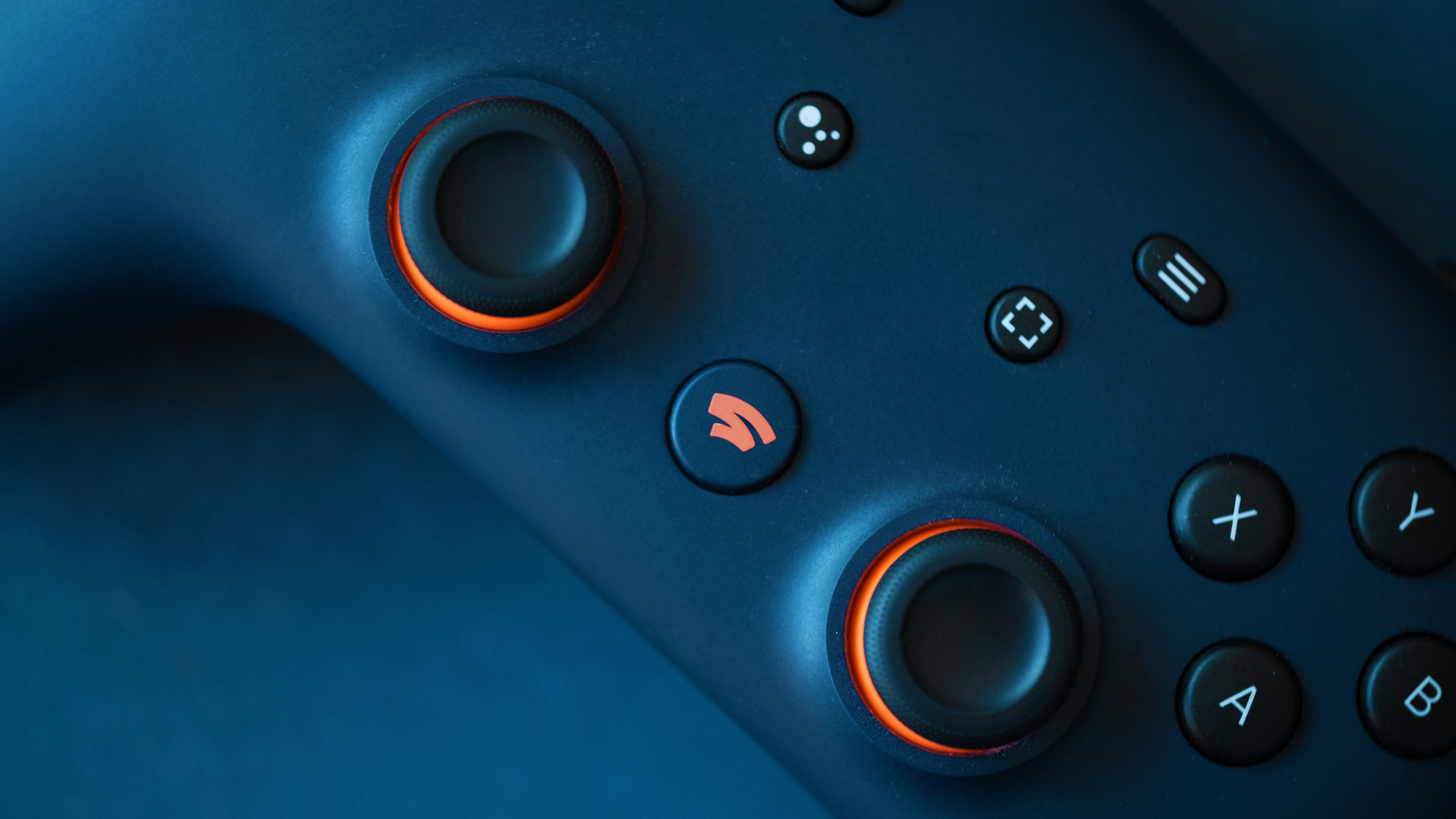
Smart homes are a core part of Google’s vision but the company isn’t stopping at TVs for in-home entertainment. 2020 has also seen gaming become part of the strategy with Google Stadia.
Stadia isn’t a hardware product exactly, more of a service, but it’s an important part of Google’s expanding entertainment ecosystem. Bringing AAA games to Chromecasts, smartphones, Chromebooks, and basically any other device with a web browser is another arrow in Google’s cloud ecosystem quiver.
Whether or not Stadia has the right features, titles, and price strategy to make a serious dent in the gaming market remains to be seen. So far, the reception has been mixed. Stadia isn’t yet receiving the prompt support and investment required to address its early issues and missing features. But with rival companies revving up their own cloud gaming servers, Google already has a foot in a market that looks set to heat up over the coming years.
Chromebooks and Education
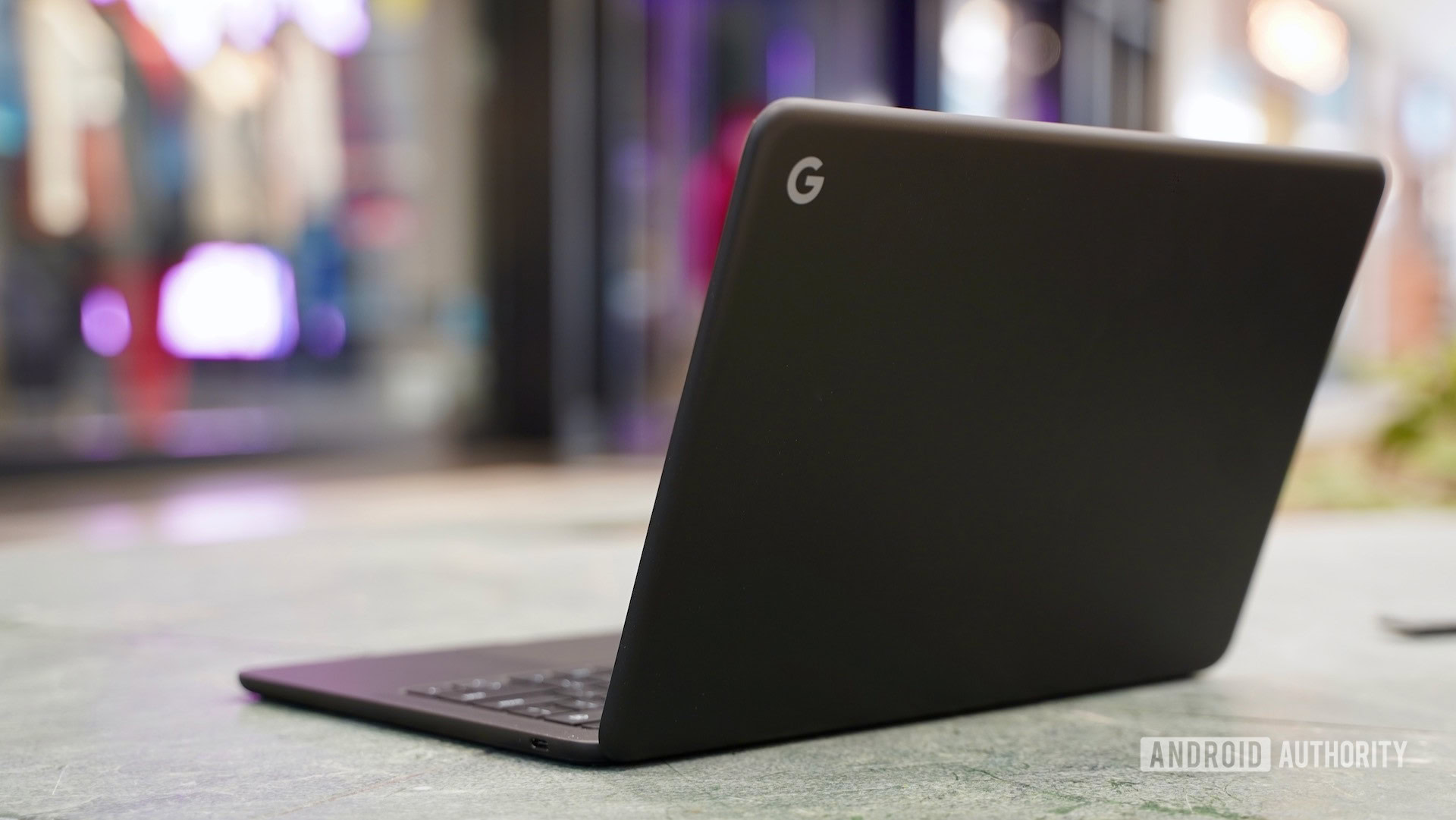
Chromebooks have become a mainstay of the laptop and 2-in-1 markets, particularly in the education sector. Third-party manufacturers remain the dominant force in the Chromebook space, often operating at more affordable price points. Google has dabbled in several of its own hardware revisions over the years too, but these are far more premium products than your typical Chromebook.
The Pixelbook and Pixel Slate are both overpriced but not because the hardware is bad. Rather because Chrome OS is still more limited than your Windows or Mac operating systems, yet Google’s flagship Chromebooks charge the same premiums. Value-oriented customers will definitely be more interested in the Pixelbook Go. It stays true to the more cost-effective nature of early Chromebooks.
See also: Google’s hardware acquisitions, where are they now?
More broadly, Chromebooks are still some of the best affordable laptops out there. There’s too large an array of worthwhile products to cover here, so I’ll point you to our best Chromebooks of 2020 guide.
Finally, the addition of Linux app support has helped Chromebooks become a more powerful productivity tool. Although this is definitely a niche feature that few will make use of. The bottom line: the Chromebook ecosystem remains as healthy as ever — so much so that Google doesn’t seem eager to launch a new Chrome OS device of its own any time soon.
Smartwatches and Wear OS
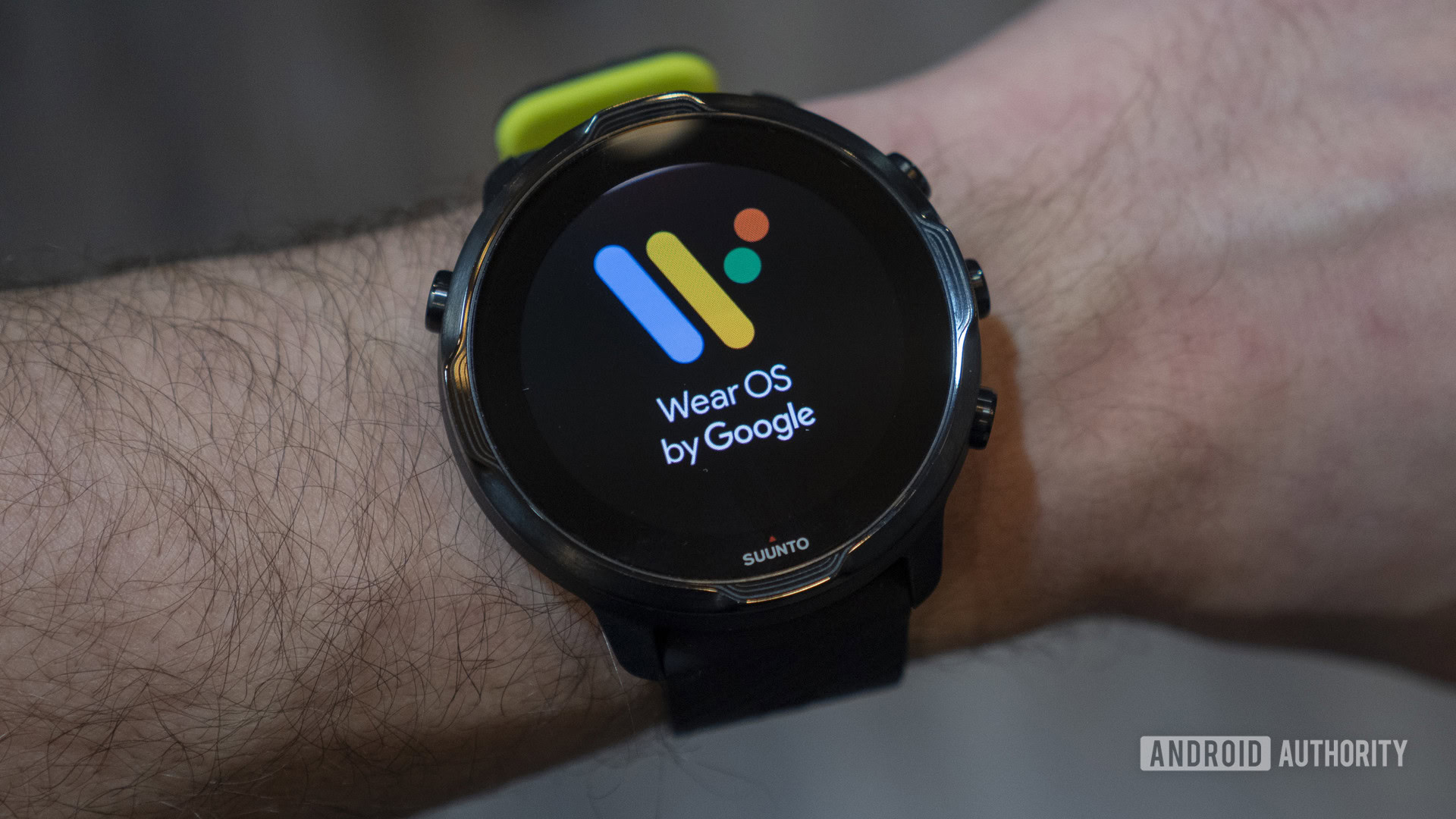
In early 2018, Google renamed Android Wear to Wear OS — a revamp that is more cosmetic than marking any major changes for the wearable platform. We’re now on Wear OS version 2, with recent boosts to performance, battery life, and interface tweaks. There have been lots of small updates in the past two years, but Google’s smartwatch software hasn’t overgone a major overhaul since launch.
See also: Best Wear OS watches you can buy
The smartwatch ecosystem is arguably Google’s weakest product segment, but there’s light on the horizon. The company purchased Fitbit for $2.1 billion back in 2019, and Fitbit’s recent wearables are some of the best on the market. Nevertheless, that doesn’t help out Wear OS in the here and now. There’s also the Qualcomm Wear 4100 and 4100 Plus chipsets that promise long sought-after improvements to battery life and performance.
Google remains a software company first and foremost, maintaining the various Android operating system spin-offs used by a wide range of third-party manufacturers. But Google has dabbled in its fair share of hardware too. The company’s product ecosystem now spans smartphones, smart TVs, smart home accessories, and laptops. It’s a bold play to be basically everywhere.
Google Assistant is the unifying feature across its entire ecosystem, allowing you to use your phone or TV to control the rest of your connected home. Assistant has quickly become the cornerstone of Google’s entire product portfolio and will remain so in the coming years. With a move towards more affordable hardware — see the Pixel 5 — Google is increasingly positioning itself as a mainstream rather than an ultra-premium brand too.